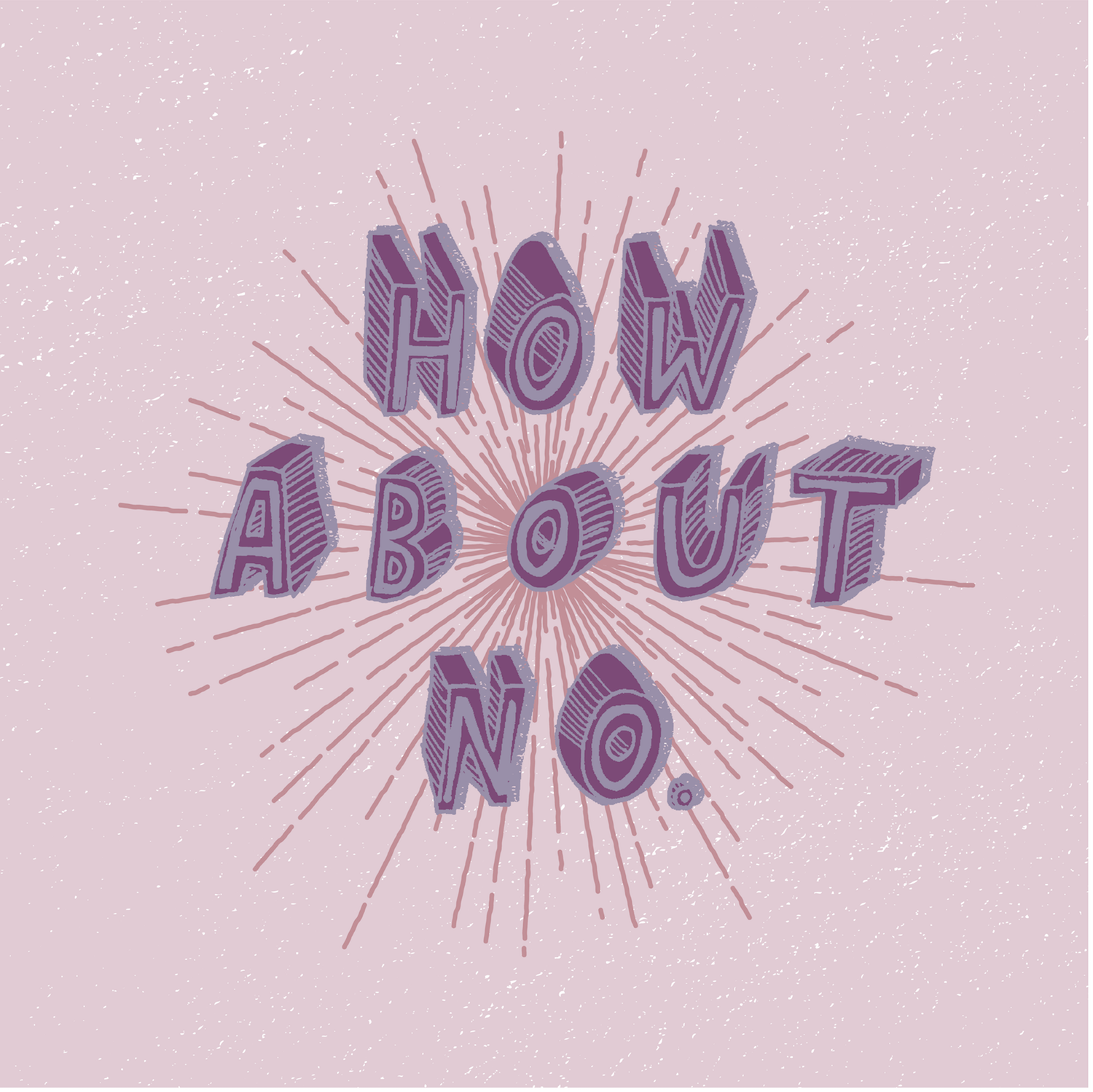Welcome back to our series Ask Angella, where we do exactly that.
If you’ve ever had a potentially sensitive creative question, we want you to throw it our way so that we can hand it over to Angella: our resident art writer, expert, and all-around kind, funny and wise human being. Here’s the question we’ll tackle this month:
“Social media is a double-edged sword. I love sharing my work with others but have also encountered the downside of doing so– brands have posted my work without so much as crediting me, or even worse, try to pass it off as their own. What should I do when someone (with more money and power) rips off my artwork?”
Posting your work on social media is de rigueur for many working artists: it’s how you gain exposure, spread your insight, and meet new clients. In the creative world, ideas and original art are your currency–literally and figuratively–so when another artist or corporation blatantly steals your work, the frustration can leave you feeling helpless. In the long run, it helps to remember that it hurts more to have to steal than to be stolen from. But still, it sucks. It really sucks. When you’re just trying to make it in this crazy world and a bigger name artist or a seemingly faceless brand steals your work, it seems like there’s next to nothing you can do to rectify the damage.
I spoke with two working artists, Hallie Bateman and Leah Reena Goren, who’ve each dealt with this sticky issue firsthand and taken nuanced approaches to dealing with it. “It’s hard to not be upset when confronted with a blatant rip-off of your work. There’s something very unsettling seeing a bad copy of an image you dreamed up and created yourself, in a style you’d like to think belongs to you and you alone,” says Leah, whose patterns have been shamelessly ripped off far and wide without much adjustment. “I’ve spent a long time grappling with this feeling, and I’ve done everything from hiring a lawyer who I paid way too much money, to writing a long post about copycats, to just shrugging it off.”
In a video directly addressing this issue, author and artist Adam JK explains the utterly frustrating experience of having brands steal your stuff. In the video he says, “Brands like to repost artwork to populate their social feeds and they’re not necessarily printing that artwork and putting it on a t-shirt and selling it, they’re not stealing your art and profiting from it in an immediate and obvious way. But when a brand populates its social channels and builds a following using this content without permission, whether it’s credited or not, they’re indirectly profiting from it.” This is both unacceptable and uncool, especially if an artist, like yourself, is struggling to get paid. So, what actions can you take?
Let yourself feel angry and directly address it.
There’s no way around it: getting stolen from feels bad. Did an individual artist or a brand steal from you? This is something to think about. More recently, Hallie had to tango with Chopra Center (of all places!) after they recreated one of her original drawings for a campaign, but that wasn’t the first time she’s been ripped off: “I’ve had people re-draw and take credit for my work which is a whole different problem – more of a Shia LaBeouf thing. It baffles me because… is that why you want to be an artist? To technically reproduce lines someone else made? Or do you actually want to explore yourself and what you have to offer? Probably some crazy insecurity at the root of it – or the allure of social media.” It’s dastardly for a brand to steal from you because, like Adam JK mentions in his video, they’re profiting from your work. If it’s an individual, it can be dealt with with one on one, leading us to our next step.
Spread the word.
Consider: has a brand or another artist stolen from you? Can you directly address this one on one by reaching out? If it’s the latter, send the offending artist an email or a message asking them to either credit your work, or if that’s not proper compensation for you, ask them to remove it. If they refuse? Summon the troops.
Hallie, along with other artists, stress the importance of calling publications and other companies that steal from artists out publicly. Without accountability, these big name places send a message to the world that it’s fine to take original artwork without permission or compensation.
Here’s an example: Recently, illustrator Frances Cannon posted an announcement to her Instagram story that a major UK publication, The Daily Telegraph, used her illustration without her permission nor with proper payment. This is not only in violation of copyright law, it’s bad business and as Frances wrote in her post, “By using my work without permission, the Daily Telegraph has set the example that it’s ok to steal from artists.”
Invoice the offenders.
In the same video mentioned above, Adam JK advises that you send the offending brand an invoice for your work. Insisting your work has value means you should stand up for yourself. After you ask them to take down the work (if that’s the route you decide to go), they may make an apology but is that enough? Why not send an invoice? Even if they don’t follow up with a big, fat check, you’ve asserted yourself and reaffirmed the fact that your time and effort is valuable. As Adam JK says, “F**k you, pay me!”
Be the source citation you want to see in the world.
“I’ll just say that it seems like a lot of people think art just appears out of a void and they can use it to promote whatever they want,” says Hallie. In this instance, imitation is definitely not the highest form of flattery, it’s just stealing. That said, if you like an original image enough to repost it, ask the person who made it if that’s ok. Permission is key.
We live in a world inundated with images. Click over to Tumblr or open up Instagram for a quick example of how often images get recycled without any citation to their original source. It’s personally one of my pet peeves when people post text, images, or illustrations without any link or mention of where they found it in the first place. It seems that people want to be associated with art or an aesthetic that broadcasts how great their taste is but without proper citation. It’s not only tacky, it’s acting in bad faith.
So remember, when you post something on your social media or feel inspired by someone else’s work give them credit. Tag them, write out their full name, and/or include their Instagram handle. Send the message that good art deserves proper treatment and treat artists you admire with respect!
At some point, you will have to let it go and move on with your work.
Again, in assessing the damage of having your work stolen consider who it is that stole. Is it another artist or a powerful entity like an institution or brand? Ask yourself: is it art you made to express yourself or work made strictly for sale? That’s worth differentiating for yourself. Leah offers a nuanced take as she often designs patterns and textiles for brands to sell: “I take a zoomed-out, namaste approach. There are a lot of things to be upset about in the world, and someone copying your work, be it a large company or individual on instagram, just doesn’t really matter that much,” she says. “And maybe if the thing I made is so great that everyone wants to steal it, it’s time to move on to the next great idea. I’m already really, really lucky to have a job that affords me so much freedom and I’m going to spend my time enjoying it.” Remember, you’re the one with the ideas. Decide who and what is worth your energy and set that precedent for yourself and for other artists.



Comments